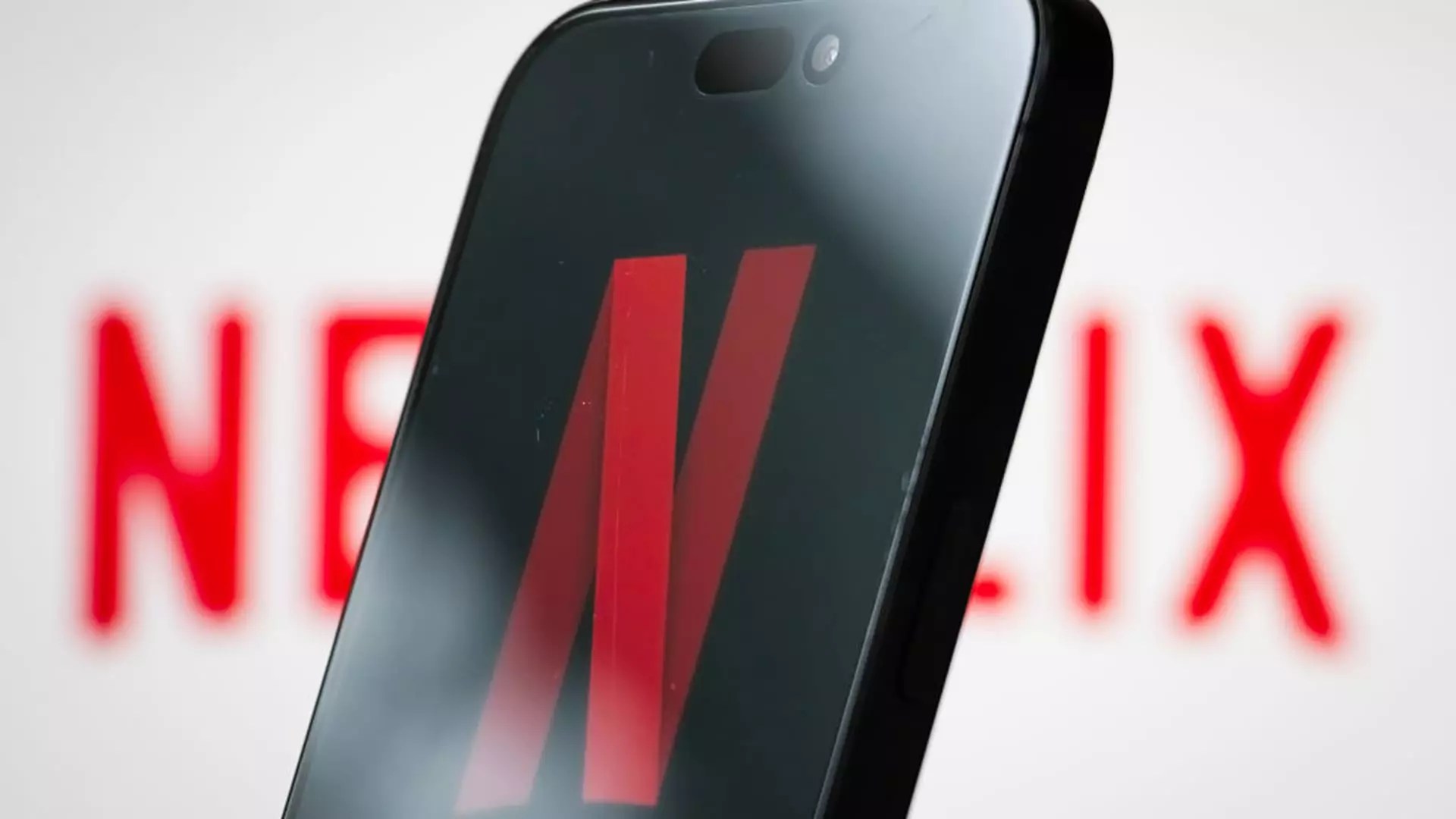Netflix is embracing a bold new direction that has the potential to alter how its users interact with streaming content. The recent unveiling of a redesigned homepage is more than a simple UI update; it represents a philosophical shift in how Netflix views its role in viewers’ lives. While on the surface, these cosmetic changes may seem inconsequential, they signal a more aggressive stance in the competitive streaming war. The question remains: are these changes genuine game-changers, or merely surface-level tweaks lacking substance?
At the heart of this overhaul is an acknowledgment of a crucial fact: we live in a world inundated with options, and consumers are routinely faced with choice paralysis. Netflix’s strategy to include a vertical video feed is a nod to the browsing mechanics popularized by apps like TikTok. The idea is to streamline navigation, making the experience more intuitive. However, one wonders whether this approach genuinely enhances viewer satisfaction or merely replicates existing behaviors that have already reduced our attention spans.
Generative AI: The Future of Content Discovery or a Privacy Nightmare?
Incorporating generative AI into the Netflix experience is equally as ambitious as it is potentially fraught with ethical dilemmas. With the promise of real-time recommendations based on viewers’ “moods and interests,” Netflix positions itself as a hyper-personalized content curator. While this capability sounds impressive, it raises critical questions about data privacy and user autonomy. How much data will Netflix collect to accurately gauge our emotional states, and at what cost?
The partnership with OpenAI intends to refine content suggestions, yet it could unintentionally steer audiences toward an echo chamber of preferences rather than genuine discovery. If Netflix learns too well what we like to watch, there’s a risk of diluting the diversity of content. Would we end up viewing an endless loop of similar genres instead of being introduced to something refreshingly new?
The Competitive Landscape: Sustainability Amid Sensationalism
With competitors like Warner Bros. Discovery’s Max and Disney’s streaming portfolio breathing down its neck, Netflix’s transformation seems more urgent than ever. The industry is rapidly evolving, and platforms are innovating, driven primarily by the need to attract and retain paying subscribers. Netflix has already introduced a cheaper ad-supported option and taken a firm stance against password sharing—a strategy aimed at restoring its subscriber growth following a stagnant period.
By touting their latest update as a way to assist viewers in discovering lesser-known gems within Netflix’s vast library, Netflix is essentially making a move to reclaim its position as the ultimate destination for binge-worthy content. While the growth in paid memberships is an encouraging sign, we should also consider whether these changes address the underlying issues of content saturation and viewer disengagement.
A Swipe Here, A Swipe There: Does Convenience Equal Quality?
Eunice Kim’s description of “eye gymnastics” underscores a pervasive issue in the digital age: our attention is constantly fragmented. Swiping through endless rows and categories may make for a more dynamic experience, but does it genuinely improve content discovery? The fear is that, in our relentless pursuit of engaging interfaces, we may overlook the very substance that made Netflix appealing in the first place.
The introduction of a TikTok-style vertical feed, while trendy, seems to favor superficial interactions over a deeper engagement with the material. As viewers get swept up in an endless cycle of quick clips and trailers, will they truly connect with the films and series available?
While Netflix’s redesign and integration of advanced technologies may seem like an empowering move forward, one must scrutinize the long-term implications. Will these changes be remembered as revolutionary or dismissed as gimmicks? As the streaming wars escalate and expectations rise, Netflix’s bold ambitions may very well define its legacy—or doom it to a cycle of innovation without true impact. One thing is clear: the challenges that lie ahead will demand more than just surface-level redesigns and high-tech partnerships. They will require a commitment to storytelling that resonates with viewers in a meaningful way.


Leave a Reply